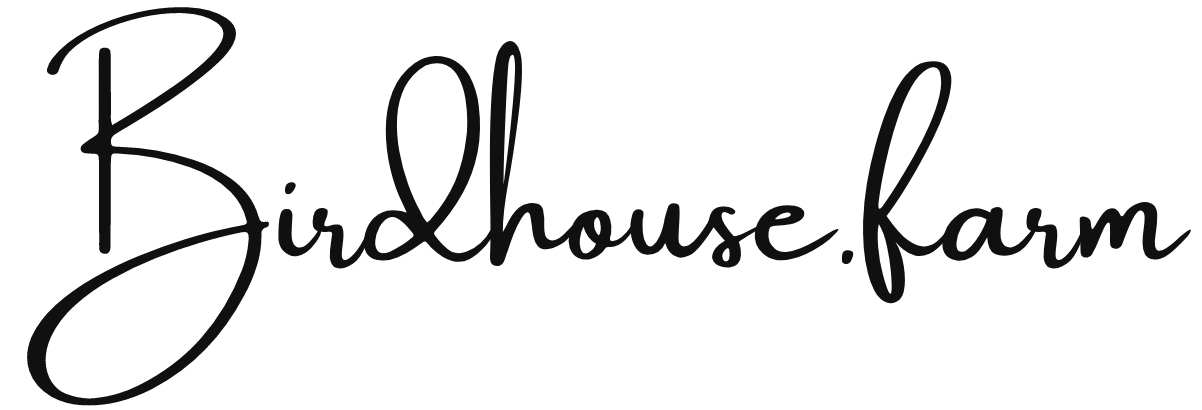Irrigation Techniques for Water-Wise Gardens
The Importance of Water-Wise Gardening
Water is a precious resource, and its conservation is critical for the sustainability of our environment. For gardeners, finding effective ways to irrigate while minimizing water use is essential. Innovative irrigation techniques can help create water-wise gardens that are both beautiful and efficient. This article will explore various cutting-edge irrigation methods, their benefits, and how you can implement them in your garden to promote water conservation.
Water-wise gardening, also known as xeriscaping, involves designing landscapes that reduce the need for irrigation. This approach not only conserves water but also saves money on utility bills and reduces the environmental impact. As climate change leads to more frequent and severe droughts, adopting water-wise practices is becoming increasingly important.
Innovative Irrigation Techniques
Drip Irrigation
Drip irrigation delivers water directly to the base of plants through a network of tubes, pipes, and emitters. This method minimizes water loss due to evaporation and runoff, making it highly efficient.
Benefits: Reduces water usage by up to 50%, minimizes weed growth by targeting specific plants, and provides consistent moisture levels.
Implementation: Install a drip irrigation system by laying out tubing along plant rows and placing emitters near the root zones. Use a timer to control watering schedules.
Soaker Hoses
Soaker hoses are porous hoses that release water slowly along their length. They are placed on the soil surface or buried under mulch, allowing water to seep directly into the soil.
Benefits: Efficient water delivery, reduced evaporation, and easy installation.
Implementation: Lay soaker hoses around plants, connect to a water source, and use a timer to manage watering duration.
Smart Irrigation Controllers
Smart irrigation controllers use weather data, soil moisture levels, and plant water needs to optimize watering schedules. These devices can be connected to home Wi-Fi and controlled via smartphone apps.
Benefits: Saves water by adjusting irrigation based on real-time conditions, reduces overwatering, and provides remote control.
Implementation: Replace traditional irrigation controllers with smart models, configure settings based on plant types and local weather patterns, and monitor usage through the app.
Rainwater Harvesting
Rainwater harvesting involves collecting and storing rainwater for garden use. Systems range from simple rain barrels to more complex setups with pumps and filtration.
Benefits: Provides a sustainable water source, reduces reliance on municipal water, and lowers water bills.
Implementation: Install rain barrels under downspouts to collect runoff, connect to drip or soaker hose systems, and use the stored water during dry periods.
Wicking Beds
Wicking beds are self-watering garden beds that use a reservoir of water at the base. The water is drawn up through the soil via capillary action, providing consistent moisture to plant roots.
Benefits: Efficient water use, reduced watering frequency, and improved plant growth.
Implementation: Build a wicking bed with a waterproof liner, fill the reservoir with water, and plant in the soil above. Monitor and refill the reservoir as needed.
Tips for Implementing Water-Wise Irrigation
Assess Your Garden's Needs: Understand the water requirements of your plants and group those with similar needs together. This allows for more targeted and efficient irrigation.
Improve Soil Quality: Enhance soil's water-holding capacity by adding organic matter such as compost. Healthy soil retains moisture better and reduces the need for frequent watering.
Mulch Generously: Apply a layer of mulch around plants to reduce evaporation, suppress weeds, and maintain soil temperature. Organic mulches like straw, wood chips, and bark are excellent choices.
Water at Optimal Times: Water your garden in the early morning or late evening when temperatures are cooler and evaporation rates are lower. Avoid watering during the hottest part of the day.
Regular Maintenance: Check irrigation systems for leaks, clogs, and wear. Regular maintenance ensures that your system operates efficiently and conserves water.
Innovative irrigation techniques are key to creating water-wise gardens that are both sustainable and beautiful. By adopting methods such as drip irrigation, soaker hoses, smart controllers, rainwater harvesting, and wicking beds, you can significantly reduce water usage while maintaining a thriving garden. Implement these strategies in your garden, and you'll be contributing to the conservation of our precious water resources while enjoying the benefits of a lush, healthy landscape. Embrace the principles of water-wise gardening and transform your garden into a model of sustainability and efficiency.
